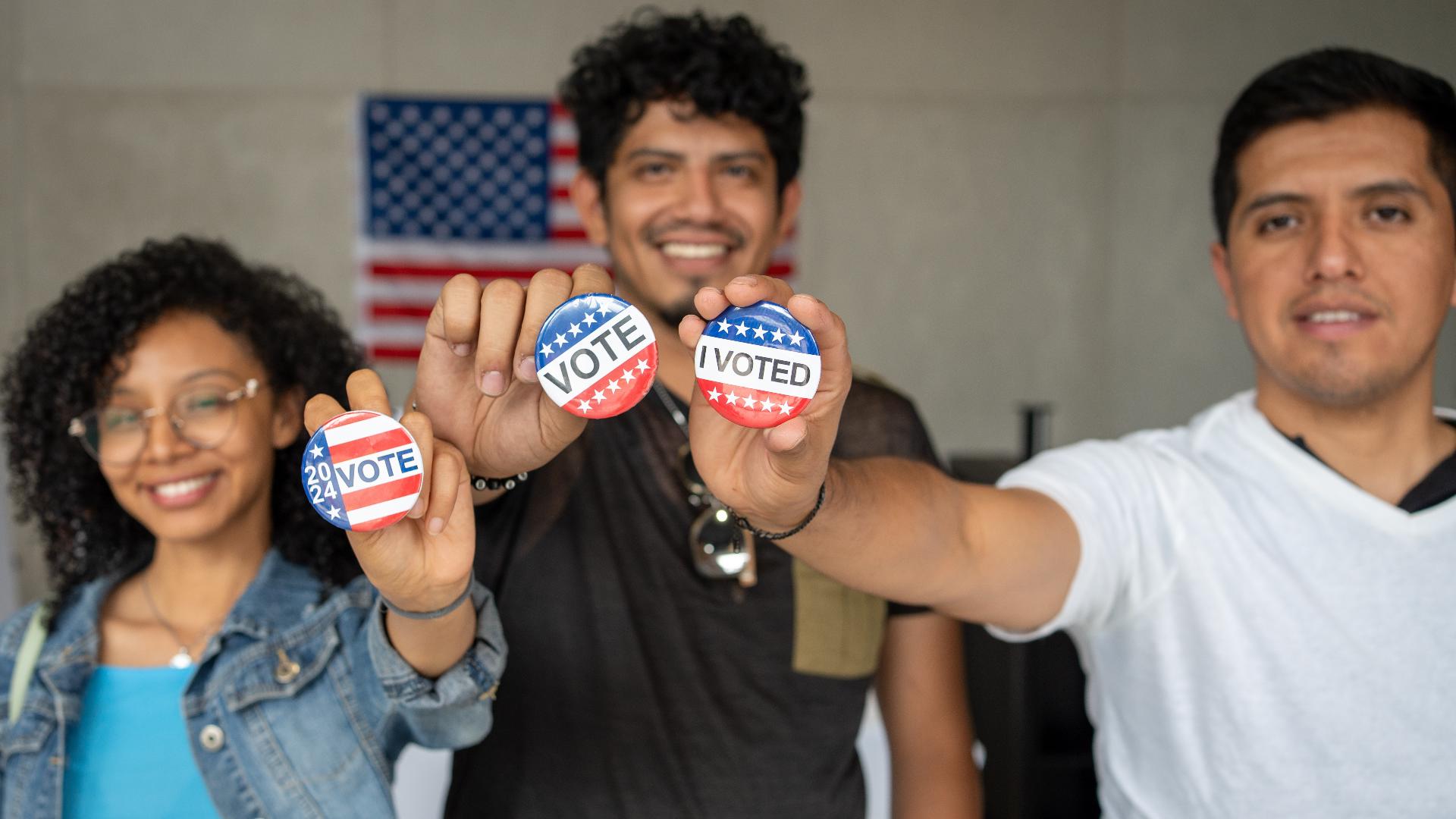HARRISBURG, Pa. — As the 2024 Election grows closer, flurries of new national and state polls are flooding headlines and news feeds.
But how does election polling really work, and how can pollsters take an accurate snapshot of the electorate?
Jimmy Lee, the CEO of Susquehanna Polling and Research, sat down with FOX43 to answer questions about the polling process.
Pollsters continue to conduct polls through phone calls, now calling the cell phones of voters. Lee says this method remains the best way to draw a random sample of voters for the survey.
“We can reach a variety of viewpoints because people weren't expecting the poll,” Lee said. “It's not like an internet poll where usually the most passionate people on an issue respond to an internet poll. We are calling to interrupt their course of business during the day.”
All answers to polls are confidential, and polling firms obtain phone numbers legally through voter rolls.
The firm then tries to balance the sample through the party registration makeup of wherever they are polling.
“44% of registered voters are Democrats in this state, 40% are Republicans, the remaining 16% are independents and unaffiliated voters,” Lee said. “So when we do a poll, we want to balance out the survey to make sure we get the right ratios of Republicans and Democrats and independents.”
The firm then has to weigh each poll with how high they believe turnout will be amongst the key demographics.
“We ask questions in polls about enthusiasm,” Lee said. “Are you enthusiastic about voting? How excited are you for your candidate? And then we can look at different demographic groups and determine from there which ones say they're more energized.”
The poll’s margin of error is based off the representation of different geographic areas in the survey where more or fewer people answered.
“The two factors that drive the margin of error are the sample size, which is the number of completed interviews that you've done, and the population of the area that you called,” Lee said. “There's a formula where you plug in the state of Pennsylvania, then you plug in the amount of interviews you got for the survey that you conducted, and from there, it computes the margin of error.”
The firm’s last survey made headlines, showing 10th District Congressman Scott Perry (R-York) trailing Democrat Janelle Stelson by nine points in their race, due in part to what Lee says is hesitancy amongst Republicans.
“Only eight in 10 Republicans said they were with Scott Perry in this election, meaning about 20% of them were sitting on the sidelines saying they were undecided,” Lee said.
Since that poll, Perry’s television presence in ads has increased dramatically, leaving Lee to believe the final picture of the race has yet to be painted.
“If a whole ton of money gets dumped into the race subsequent to our poll, and voter behavior gets changed as a result of it, then our poll merely showed you what was happening at the time we did it, and might not accurately reflect Election Day results,” Lee said.
Susquehanna was named the most accurate pollster in 2020 by RealClearPolitics, but other polling firms have overestimated support for Democrats in the last 2 presidential elections. Lee says other firms this year are weighing their polls in order to combat the so-called "shy Trump voter" phenomenon.
“In the survey, you can ask people who they voted for in the last presidential election between Trump and Biden, and if those numbers in the poll don't mirror what the election results were in 2020 you can adjust upward the amount of Trump voters in your sample,” Lee said. “So it's like you're weighing the survey to bring up the number of Trump voters in the poll, and some firms are relying on that.”
Susquehanna is not using that method this year due to the accuracy of its polling in 2020 and 2016, when its poll of Pennsylvania was within the margin of error while other pollsters showed a significant lead for Hillary Clinton.
Lee says he wishes the methodology of other pollsters would be more transparent.
“I think the industry is doing the best it can to correct for prior mistakes it made in 2016,” Lee explained.
“When we research other polling firms, they're very, some of them are very guarded about releasing the methodology of their polls. They don't tell you much about who they sampled, what the ratio of Republicans and Democrats were, the nature of the universe that they selected from.”
Election Day is set for Tuesday, Nov. 5, 2024.

